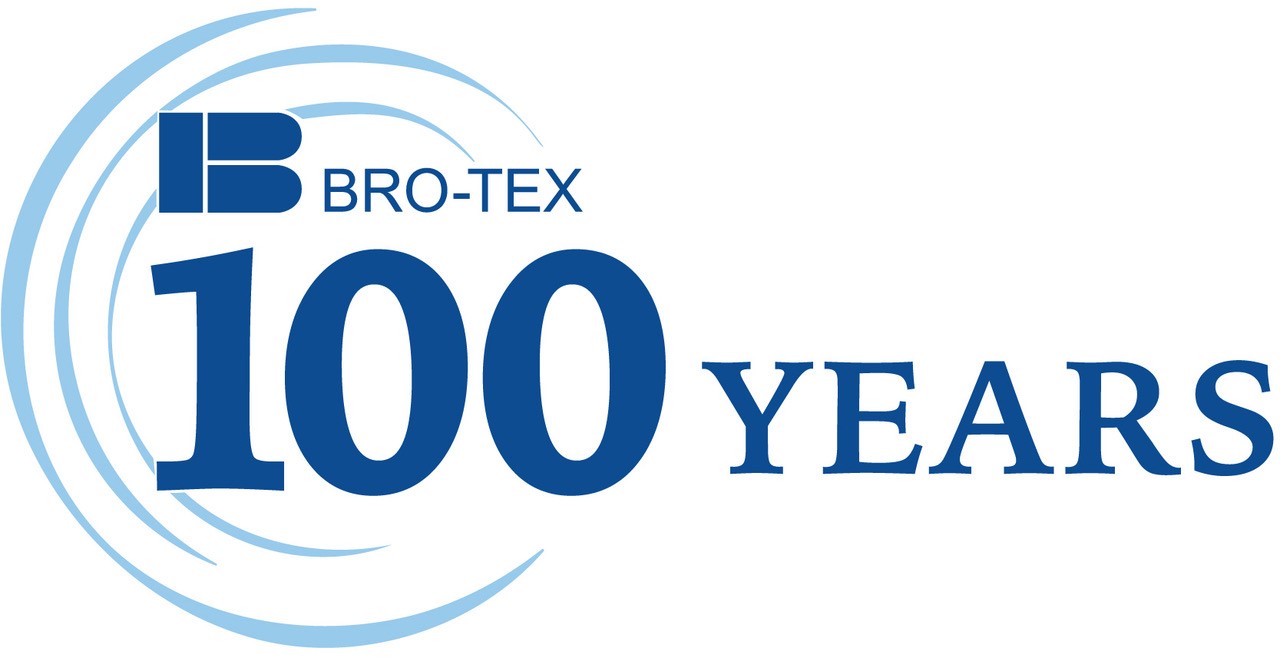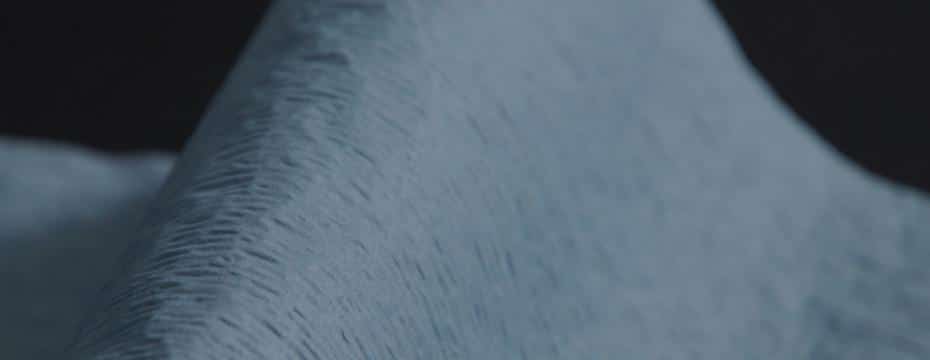A brief history of wiping products may not be as exciting as reality television, but it is a story of resourceful people meeting the needs for industrial and Jan/San industries.
If you use wipes in your facility, you might enjoy learning more about the evolution of wiping materials.
With the start of the industrial revolution, people needed to clean and lubricate large manufacturing equipment. Factories needed a way to apply a light coating of oil to their leather belts which ran the knitting machines, lathes and other equipment. They also needed a way to deal with heavy grease and oil. Companies preferred cotton and linen cloth wipes over textile thread rags to avoid lint problems. Rags, reclaimed clothing and textiles were the wipers of the day. In fact, our company Bro-Tex started 95 years ago with reclaimed textiles.
Traveling rag merchants would collect used clothing and textiles and supply them back to the factories. It is a great example of early recycling efforts. By 1929, there were 26 wiping rag companies with industrial laundries to wash and sterilize old clothing for wiping cloths according to the International Association of Wiping Cloth Manufacturers’ The Wiping Materials Story.
As manufacturers became more specialized and sophisticated, so did their wiping needs.
After WWII, wiping companies expanded beyond cloth wipes into disposable paper wipers but these were not very durable. Over the same time period, textile manufacturers developed man-made fibers which offered longer wear and lighter weight woven goods. In the 1960’s, the strength and durability problems of paper wipes were overcome by the introduction of laminated wipers. First invented in 1939 by E.I du Pont, nylon is known for strength and resistance to abrasion which made paper based wipers practical. Nylon was sandwiched between layers of paper wipes, and scrim wipers are still popular.
Non-wovens were further developed as natural fibers such as cotton and cellulose were being held together mechanically or with binders rather than being knitted or woven. These new processes and technologies yielded wipers with the qualities of cloth at a lower cost.
Air-laid was created using binding agents such as latex. That concept was further refined with wetlaid or DRC materials. DRC (Double ReCrepe), is made using cellulose fibers with a binder. It provides greater strength, better hand feel and lower lint. DRC is a very popular general use wipe for Bro-Tex because it has good absorbency, good durability, and a cloth-like feel. It performs like a rag but at a lower cost.
The next generation of wipers incorporated the man-made fibers developed by the textile industry. Polyester, nylon, rayon and polypropylene were all being used alone or combined with natural fibers to create materials with unique attributes.
New methods of manufacturing non-wovens were also being created. Spunlacing, or hydro-entangling, mechanically entangles fibers with micro water jets. Spunbonding and meltblowing were also developed. Now latex binders in the wipers, which can break down with solvents, could be eliminated. We offer wipers that are resistant to breaking down with isopropyl alcohol, denatured alcohol, acetone, and other solvents. Other wipers are great for absorbing oil and grease. These new processes could also be used for wet wipes with chemicals.
The new manufacturing processes and all the possible fiber combinations provide an incredible number of non-woven wiper items. Each wiper type has its own characteristics related to strength, absorbency, bulk, weight, color, texture and lint levels. There is a wiper for nearly every wiping task, and development continues.
As non-woven materials evolved, so too did the cloth wiping materials. While cotton is still a popular choice for wiping applications, the advent of microfiber technologies has impacted the wiper market.
There is debate about when microfiber was developed. One interesting story is that the Japanese developed it as a light weight material for swimsuits. However the material became very heavy and uncomfortable when wet so that project ended.
Microfiber was much more successful in the cleaning industry when it was commercially introduced in the 1990’s. The split fibers and the small filaments make the cloths very effective for cleaning. The synthetic fibers trap dirt and bacteria without additional chemicals and without leaving lint.
With microfiber, people can wipe and mop with less water than cotton. Because of the lower water usage and reduced need for chemicals, microfiber products are usually the ideal choice for facilities concerned with sustainability. Facilities can earn credits toward U.S. Green Building Council’s LEED program with microfiber products.
When deciding what wipers to buy, contact a sales representative who can help you pick the best option for balancing cost, lint properties, absorbency, wet strength, solvent resistance and size.


